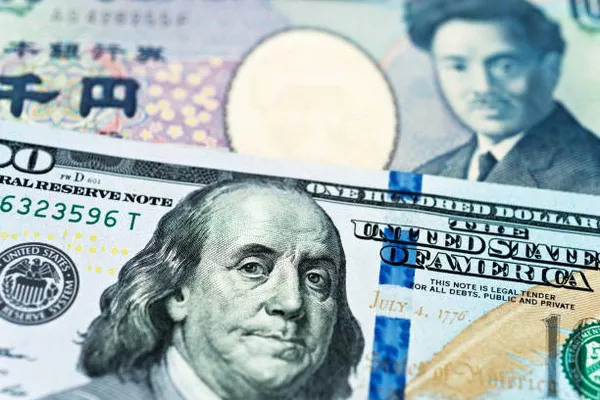Japanese Prime Minister Fumio Kishida emphasized on Thursday that the government is prepared to take action to address excessive movements in the currency market, indicating Tokyo’s commitment to intervene if it deems the yen’s decline as excessive.
Kishida stated during a news conference that stable currency rates, reflective of economic fundamentals, are crucial. He asserted that the government will closely monitor currency movements and respond accordingly, without ruling out any options to counteract extreme currency fluctuations.
These remarks echoed sentiments expressed by Japan’s top currency diplomat, Masato Kanda, the day before, as the yen approached a 34-year low against the dollar. Expectations of a gradual approach by the Bank of Japan (BOJ) in raising interest rates, maintaining a significant gap with U.S. rates, have contributed to the yen’s decline.
On Wednesday, the dollar briefly surpassed 151.975 yen, exceeding the level at which Japanese authorities intervened in October 2022. However, on Thursday, the dollar retraced some gains, standing at 151.370 yen.
Despite the BOJ’s recent decision to end eight years of negative interest rates, signaling a dovish stance, policymakers emphasized the need for a cautious approach in phasing out ultra-loose monetary policy, as revealed in a summary of opinions from last week’s meeting.
Marcel Thieliant, head of Asia-Pacific at Capital Economics, suggested that the Ministry of Finance signaled imminent intervention in the foreign exchange markets in response to the yen’s decline. However, Thieliant noted that the yen might not receive strong support from Japan’s monetary policymakers, given the likelihood of inflation undershooting BOJ’s forecasts.
Upcoming data is expected to show a slowdown in annual core inflation in Japan’s capital, Tokyo, indicating potential nationwide trends. This could further influence policymakers’ decisions regarding currency intervention.
While Japanese policymakers historically favored a weak yen to benefit the country’s major manufacturers, recent sharp declines have posed challenges by increasing the cost of raw material imports, impacting consumption and retail profits.


